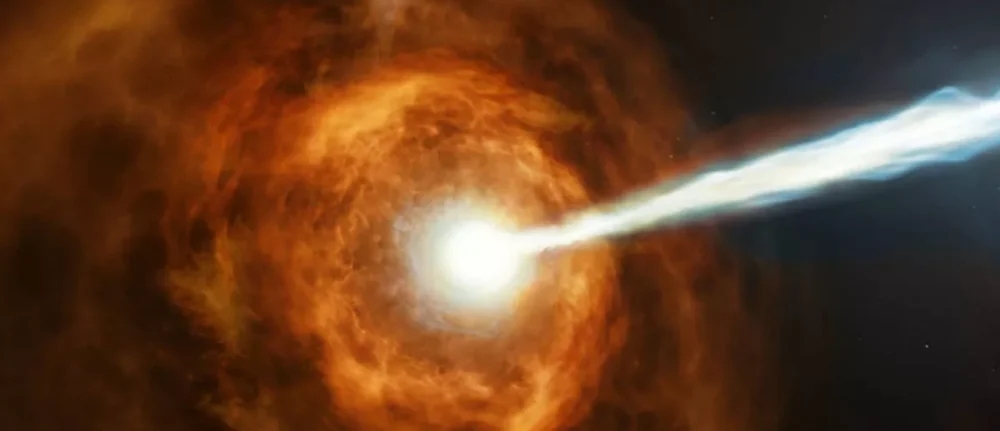Three years ago we used some of the most powerful telescopes, including the Hubble Space Telescope and the Gran Telescopio de Canarias, to observe the short GRB 160821B, a distant explosion caused by the smash-up of two neutron stars over 2 billion light years far away from Earth. We were looking for the radioactive glow produced by the heavy metals forged in the explosion, the so-called kilonova, and were very disappointed not to see it shine.

After the incredible discovery of GW170817 and its kilonova AT2017gfo, we looked once again at our data wondering whether we had missed a similar signal in GRB160821B. The answer is likely YES.
Our ideas of what a kilonova looks like were not very clear at the time, and we were searching in the wrong places. The kilonova light in GRB160821B peaked at an earlier time than we expected, and was confused with the typical bright light produced by the explosion, the so-called afterglow. Without the example of AT2017gfo, we could not clearly tell the difference between afterglow and kilonova. Our new analysis of the data shows evidence that a red kilonova very similar to AT2017gfo, although fainter, had made its first appearance on August 21, 2016, a year before the LIGO discovery of GW170817.
